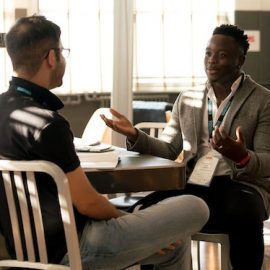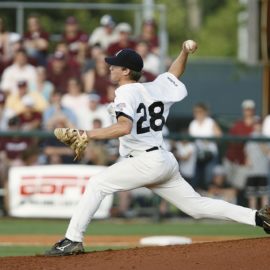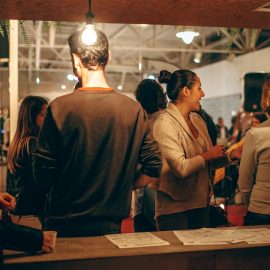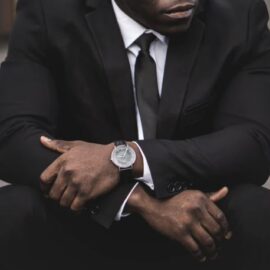
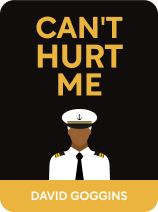
This article is an excerpt from the Shortform book guide to "Can't Hurt Me" by David Goggins. Shortform has the world's best summaries and analyses of books you should be reading.
Like this article? Sign up for a free trial here .
Who was David Goggins’ father? How did his father affect David’s outlook and choices?
David Goggins’ father was abusive and forced David to work long hours at the family business. Due to his father’s treatment, David was stressed, sleep-deprived, and struggled in school.
Read more about David Goggins’ father and Goggins’ early life.
Who Was David Goggins’ Father?
As you grow up, your life circumstances can affect your growth and development. Though it seems counterintuitive, acknowledging the difficult circumstances you’ve faced can be a good first step toward overcoming additional challenges—you can draw strength from your past successes.
An Abusive Father and School Struggles
For Goggins, acknowledging and overcoming his school struggles and his abusive father opened new doors. Before age 8, Goggins lived with his mother, father, and brother in Buffalo, New York. David Goggins’ father forced the family members to work nights at his lucrative roller skating rink, called Skateland. If anything was out of place, like a missing pair of skates, Goggins’s father beat his son at home with a belt. His mother and brother faced regular abuse as well.
Eventually, his mother sought help from a friend to get herself and her children to safety. They escaped to her hometown of Brazil, Indiana, though his brother returned shortly thereafter to live with their father back in Buffalo. Goggins was 8 years old.
School Struggles
Due to his work at Skateland, Goggins had fallen behind in school. He, his brother, and mother worked at night, often sleeping on a couch in an office onsite. He was often sleep-deprived during the day.
When they arrived in Brazil, Goggins’s mother enrolled him in the second grade for a second time because he couldn’t yet read at a second-grade level. He had a wonderful teacher who dedicated extra time to helping him learn.
But during the third grade, Goggins’s teacher, Ms. D, wasn’t willing to give him the extra instruction and care he needed to succeed in class. She thought Goggins needed to be placed in a separate school for special needs students, and the school administration supported her.
It was stressful for Goggins to be thought of as lesser, especially because he was the only black child at the school. He scaled back his participation in class and developed a stutter. Goggins’s mother fought the decision to send Goggins to another school, and the school agreed to let him stay if he was enrolled in group therapy.
But group therapy included children with true illnesses, unlike Goggins, who needed assistance catching up academically. This further augmented his stress—his stutter worsened, and he started losing patches of hair and developing white splotches on his skin.
Refusing to continue with group therapy, and facing pressure from his teacher to do better, Goggins started cheating. It improved his grades and test scores, reassuring Ms. D but stunting his learning.

———End of Preview———
Like what you just read? Read the rest of the world's best book summary and analysis of David Goggins's "Can't Hurt Me" at Shortform .
Here's what you'll find in our full Can't Hurt Me summary :
- What a Navy SEAL says about pushing yourself to achieve greatness
- How to put in more effort to realize your potential
- The 10 challenges you can take on to reach your goals

